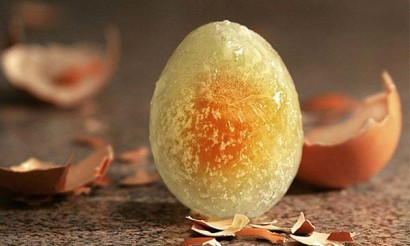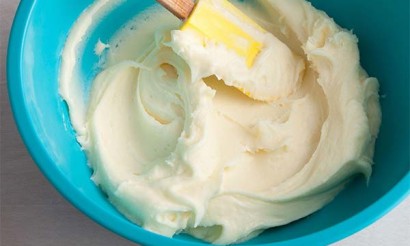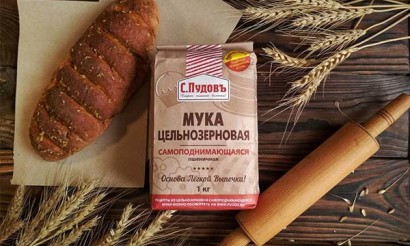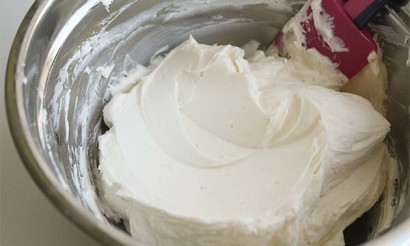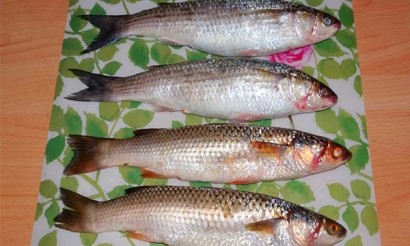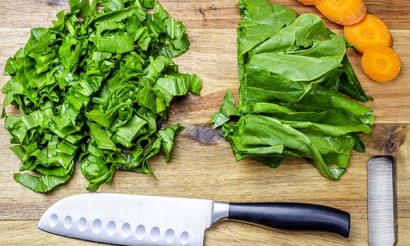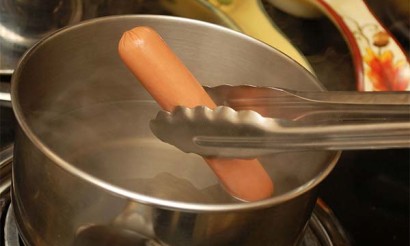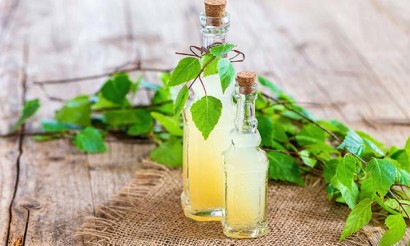Is it possible to eat bananas with diabetes
Such a disease as diabetes requires special attention to the diet. Many patients immediately exclude bananas from their diet, due to the fact that this fruit is high in calories, and its glycemic index is quite high (45-60), depending on the maturity of the fruit. Nevertheless, doctors advise including bananas in the menu, as they contain many vitamins and minerals that the body needs.
Basic rules
Each patient adheres to his diet and eating routine. Also the use of bananas is purely individual, but there are still general rules that must be followed.
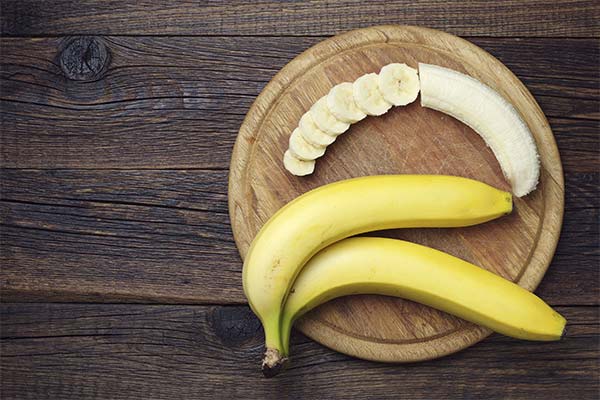
Before introducing these exotic fruits into the diet, it is necessary to consult a doctor. After taking the necessary tests and examinations, the doctor will prompt in what amounts and how often bananas can be eaten, based on the individual characteristics of the patient.
When buying, choose slightly unripe fruits, with yellow rind, without spots, with greenish tips. The calories and carbohydrate content of a banana depend on its variety and size. Large bananas are less sweet and have fewer calories and sugar per 100 grams.
Green, unripe bananas are no less harmful than overripe bananas. They contain a lot of vegetable starch, which is difficult to eliminate from the body of a person with diabetes.
Diabetics are strictly forbidden to eat bananas in the form of candied fruit, as the caloric value of this product is very high (about 338 kcal per 100 grams).
To track the body's reaction to a banana, you need to measure blood sugar levels before eating a banana and about two hours after eating it. This will help to understand the safe rate for the patient.
You should not eat the whole fruit. It is better to divide it into pieces and take portions throughout the day between meals.
It is advisable to eat the banana in the first half of the day so that the carbohydrates are better absorbed. Also on this day you should increase physical activity on the body.
You should not eat a banana and other foods with a high glycemic index on the same day.
What is a banana good for diabetics
The exotic fruit contains a lot of fiber. It helps to normalize cholesterol, increases the amount of insulin in the blood and has a positive effect on metabolism in the body. The benefits of fiber is that it gives a feeling of fullness for a long time, thanks to the ability to increase in volume.
Magnesium and potassium contribute to stabilize blood pressure, improve the cardiovascular system, oxygenate the brain, support the water-salt balance.
One medium-sized banana contains from the daily norm:
- 31% of vitamin B6, needed to maintain normal metabolism;
- 19% vitamin C, needed to maintain immunity;
- 15% manganese;
- 14% potassium.
Iron helps maintain sufficient hemoglobin levels, which prevents the development of anemia. Organic acids, saturated and polyunsaturated fatty acids, mono- and disaccharides, and starch are also rich in this tropical fruit.
Banana also contains dopamine, which is necessary for the production of serotonin, the so-called hormone of joy. That is why it is believed that bananas help to cope with stress, improve sleep and increase vitality.
When drinking alcohol, a banana will be a good snack, as it has a lot of sugar. To prevent alcohol-induced hypoglycemia, the body needs the carbohydrate. And the yellow fruit in this situation is indispensable.
Can you eat bananas with diabetes
In type 2 diabetes mellitus
In this form of the course of the disease, bananas can be eaten fresh. It is desirable to limit yourself to two or three fruits a week, but no more than one per day. You should not eat a banana on an empty stomach; you should drink a glass of water first. You can prepare a salad with such products as cherry, green apple, grapefruit, lemon. All fruits take 1 piece each, cut into cubes and pour 100 ml of unsweetened yogurt. Yogurt may be replaced with kefir.

In case of type 1 diabetes
In this case, bananas can also be eaten fresh, but in a very limited amount, it is still better to subject them to heat treatment - to fry or stew. In this case, the taste of the product does not suffer. And baked bananas are good for dessert. You can make banana mousse or puree without additives.
But even in this case, you should remember that, in no case, you can't eat fruit on an empty stomach, as well as drink juice, tea or water.
It is strictly prohibited to combine a banana with flour products or ice cream.
Possible harm
- Very carefully should be eaten by pregnant women with high sugar. They can quickly raise glucose levels, which is doubly dangerous in this position.
- In decompensated patients, the yellow fruit sometimes dramatically causes an unstable rise in sugar levels.
- In desserts, in combination with sweet fruits, banana becomes more caloric, which leads to an increase in body weight.
- If there is a risk of thrombosis, the banana can trigger a heart attack or stroke.
Contraindications
Despite all the benefits that bananas bring to the human body, there are still situations when this fruit is categorically contraindicated.
- Individual intolerance.
- With ulcers and non-healing wounds.
- In diseases of the circulatory system, atherosclerosis.
- In some kidney and liver diseases.
- At disease of the cardiovascular system.
- If you are overweight, especially if it is growing, regardless of whether it is caused by a disease or not.
- In severe forms of diabetes, when even a slight increase in glucose levels can lead to negative consequences.
«Important: All information on this site is provided for informational purposes only. purposes only. Consult a specialized doctor before applying any recommendations. specialist before applying any of the recommendations. Neither the editors nor the authors shall be liable for any possible harm caused by materials."


